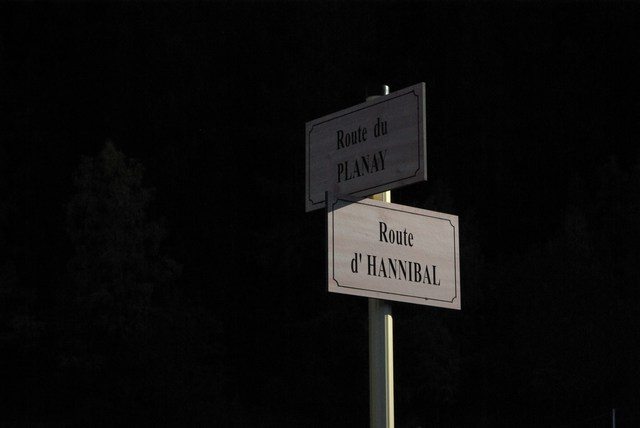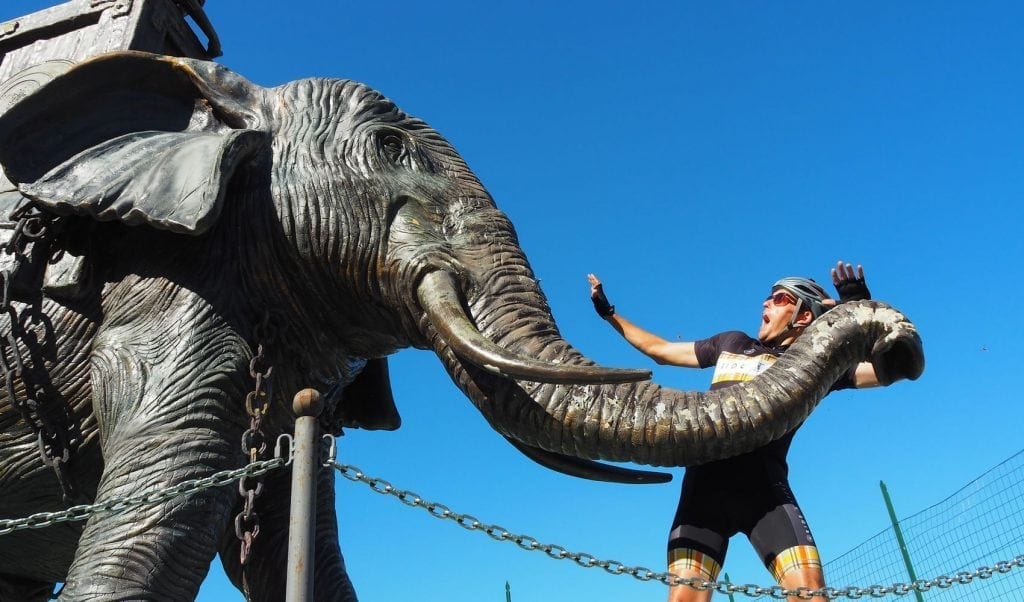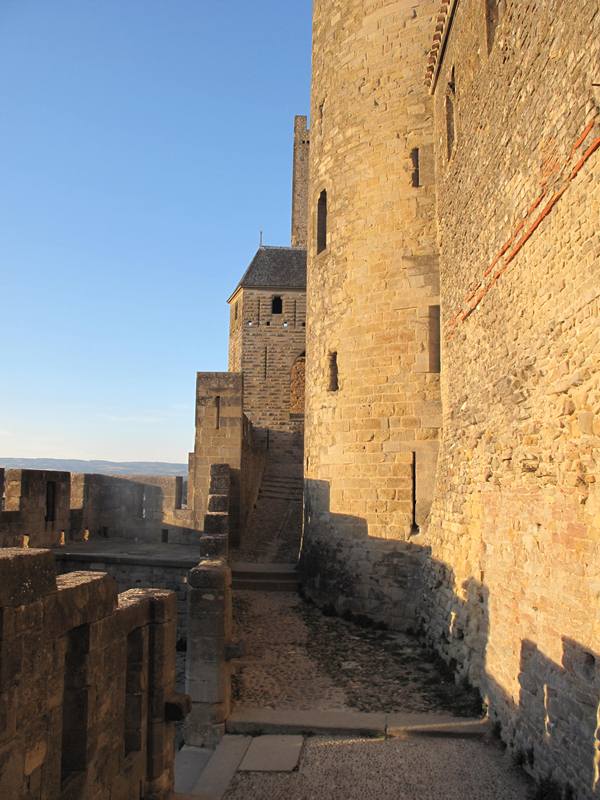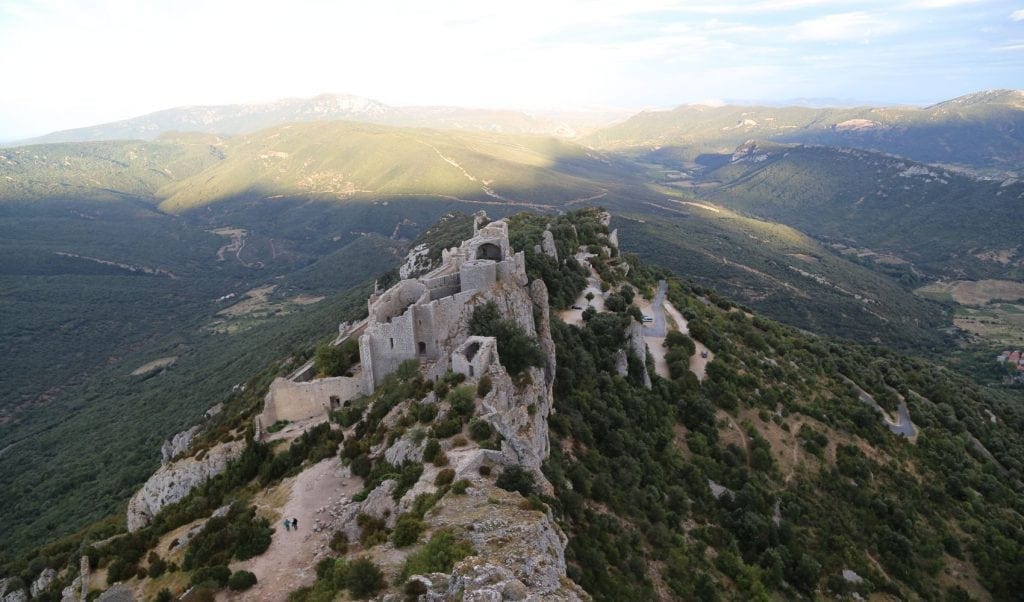
In 218 BC Hannibal started his march with one hundred thousand soldiers and nearly forty elephants. On the Ride and Seek Hannibal cycle tour, our aim is to follow Hannibal’s path along the coast of Spain, through France, over the Alps, down to Rome. We consider the tour to be one of our best epic cycle tours on the roster.
In the Second Punic War against Rome, after Carthage’s defeat in the First, Hannibal’s aim was to teach the Romans a lesson and restore Carthage’s pride and power. After showing his intentions and taking Saguntum an ally of Rome in a bloody 9-month siege, Rome sent ambassadors to Carthage who dramatically demanded Hannibal be delivered as a war criminal. The Roman diplomat clutched a fold in his toga and said: ‘Here we bring you war and peace. Take whichever you please!’ (Livy 21. 18). The Carthaginians opted for war, kicking off what Livy describes as “the most memorable war in history” (Livy 21. 1). The fall of Saguntum is considered the catalyst for the Second Punic War.

Of course, the background to the Second Punic War is more complicated and includes Rome’s harsh treatment of Carthage after winning the First. The terms of the peace treaty took Sicily from Carthage, effectively ending its eastern Mediterranean dominance. And what really angered Hannibal’s father, Hamilcar, and also Hannibal, would have been Rome’s arrogant seizure of Sardinia on top of that, which was outside the terms of the treaty, but Carthage was then too weak to do anything about it.
On our Hannibal tour, we cross Hannibal’s first major natural obstacle – the Rhone river. Where exactly he crossed isn’t known, but Polybius says it was four days march north of the mouth of the river. This is difficult to judge due to changes in the coastline over 2000 years, but it was most likely somewhere north of Arles. Some scholars even put it further north than Avignon.
What we do know with more certainty is that his crossing was opposed by the Volcae – an aggressive local Gallic tribe. Hannibal’s strategy was to send his nephew Hanno with a detachment of troops north. He was to cross the river upstream and surprise the Volcae.
Hannibal bought up all the local boats, canoes and anything that would get his huge army and baggage train across the fast-flowing river. The Rhone is no longer a wild river – the only peril today seems to be massive transport barges which speed downstream. In Hannibal’s time, it would have been a dangerous obstacle and he seemed to be very diligent in his preparations.
Once Hanno had sent a smoke signal to notify his uncle he was in position, Hannibal embarked with his main force. When he landed on the opposite bank Hanno sprung his ambush. The Volcae’s raucous howling turned to panic as they were caught in a classic pincer movement. Luckily we don’t face the Volcae as we cross the Rhone and the locals give us a much warmer welcome these days.
Once Hannibal had set up his beachhead on the east bank of the Rhone he began the extensive operation of getting the rest of his troops across the river. Smaller boats crossed in the lee of larger vessels so they didn’t bear the full brunt of the current. The cavalry swam with their rides but the elephants needed more persuasion.
Polybius says that Hannibal built rafts, covered them with soil and urged a female elephant onto these floating islands and the rest of the herd followed. However, once the rafts were detached from the bank, the elephants panicked and were forced to make their own way across to the other side – Polybius believes the elephants walked across the bottom of the river using their trunks as snorkels!
Livy, our other main ancient source, writes that the elephants swam from the beginning following the lead male, who was driven to rage by his driver. This brave man then jumped into the river himself, with the elephant herd following the lead male who, in turn, was intent on catching the driver – who would have swum desperately fast to the other side!
Once Hannibal’s army was across the Rhone he sent three hundred of his crack Numidian cavalry to reconnoitre the surrounding areas. The Roman Consul Cornelius Scipio, who had just landed in Massilia (modern Marseille) did the same and sent some of his scouts north. Scipio was at the mouth of the Rhone and on his way to Spain to intercept Hannibal. It was a surprise to both cavalry forces when they met in a fierce but brief engagement. This was the first clash between Rome and Carthage in the Second Punic War and the Romans had the better of the skirmish, losing fewer troops and forcing the Numidians to flee back to camp.

Once Hannibal learned of the proximity of the Roman army he had a decision to make: stay and fight or speed on to Italy. With so much to gain from making war in Italy, he chose the latter and headed north away from Scipio and towards the Alps. Scipio, realising his intention but unable to cut him off, headed back to Italy to prepare for war on Roman soil.
Hannibal and his army were closing in on their goal but had their greatest obstacle to come: the Alps. This was an enormous challenge for an army, let alone for cyclists like us!

Ride with us into history for some of the best epic cycling of your life!- Hannibal tour.